Disclosure: This article contains affiliate links. We may earn a commission from purchases at no extra cost to you, which helps our travel content.
The minibus lurches forward as we depart Spanish Town, leaving behind the well-worn tourist paths that funnel visitors from Montego Bay and Kingston to all-inclusive compounds. I'm headed to Portmore, a sprawling urban area that most tourists bypass entirely. It's my third winter escaping Kyoto's chill for Jamaica's warmth, but my first venturing into this overlooked municipality. As a budget-minded traveler who found his sea legs later in life, I've learned that the most authentic experiences rarely come with infinity pools and buffet wristbands. Portmore isn't in glossy travel brochures—it's where everyday Jamaicans live, work, and play. Over the next week, I'll navigate this coastal community with the same analytical approach I once applied to municipal budgets, breaking down costs while seeking those moments of connection that no spreadsheet could ever quantify. What follows is my guide to experiencing the real Jamaica that exists beyond the resort walls—where your dollar stretches further and your memories run deeper.
Finding Your Bearings: Navigating Portmore Like a Local
Portmore sprawls across reclaimed wetlands just west of Kingston Harbor, a planned community that's grown into Jamaica's largest urban area outside the capital. My home base: a modest guesthouse in Bridgeport for $35/night—clean, secure, with a small kitchen that would save me hundreds over restaurant dining.
Portmore operates on a rhythm all its own. Route taxis—shared sedans marked by red license plates—form the circulatory system of local transportation. For about 150 Jamaican dollars (roughly $1 USD), these vehicles connect Portmore's various communities along set routes. The drivers pack in passengers with an efficiency that would impress any municipal planner.
On my first morning, I purchased a prepaid SIM card from Digicel (approximately $10 for 3GB of data) and downloaded the offline map of Portmore on my smartphone. This combination proved invaluable for navigating the labyrinth of neighborhoods with names like Hellshire, Braeton, and Portsmouth.
What Portmore lacks in traditional tourist infrastructure, it makes up for in authenticity. There are no tourist information centers here—instead, I found myself relying on conversations with shopkeepers, taxi drivers, and the elderly domino players who gather in community squares. Their insights proved more valuable than any guidebook.
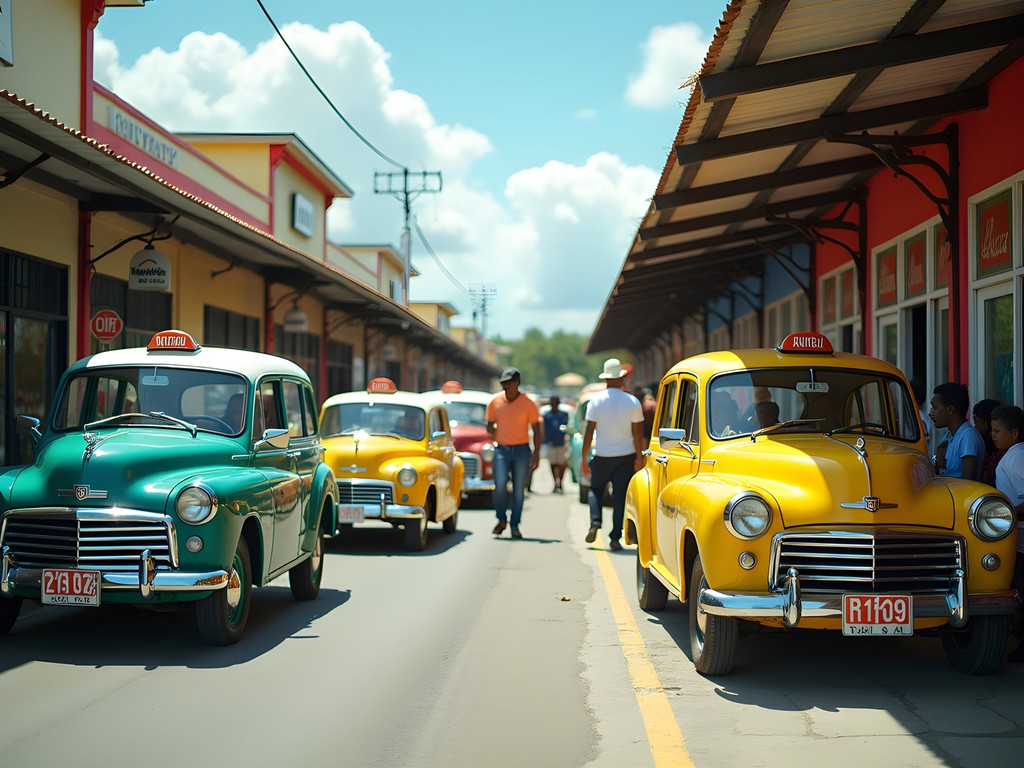
💡 Pro Tips
- Purchase a local SIM card immediately upon arrival for maps and emergency contact
- Learn the route taxi system—red plates indicate official taxis that follow set routes
- Make friends with a local shopkeeper who can provide neighborhood insights
Hellshire Beach: Where Locals Escape the Tourist Crowds
Forget Doctor's Cave or Seven Mile Beach—Hellshire Beach represents Jamaica at its most authentic. Located on Portmore's southern coast, this stretch of coarse sand lacks the manicured perfection of resort beaches, and that's precisely its charm.
I arrived mid-morning on a Tuesday to find fishermen hauling in the day's catch, their wooden boats painted in vibrant colors that pop against the azure Caribbean. The beach itself is relatively narrow, bordered by informal restaurants constructed from concrete blocks, wood, and corrugated metal. These humble structures serve some of the island's most exceptional seafood.
At Gloria's Fish Shack, I watched as my lunch—a red snapper caught hours earlier—was scaled, gutted, and scored before being marinated in a peppery blend and thrown on a smoking grill. The final plate, served with festival (fried dough fingers) and bammy (cassava flatbread), cost 1,200 Jamaican dollars (about $8 USD). No resort could match this price-to-quality ratio.
The waves at Hellshire are rougher than those at hotel beaches, with a strong undertow that demands respect. I observed local families teaching their children to navigate these waters with a wisdom passed through generations. When swimming, I followed their example—staying within the natural coves where fishermen anchor their boats and waves break more gently.
As afternoon progressed, the beach transformed. School children arrived in uniforms, quickly changing behind makeshift screens to splash in the water. Working adults appeared after 5 PM, some still in office attire minus shoes, wading ankle-deep while purchasing cold Red Stripes from coolers carried by beach vendors.
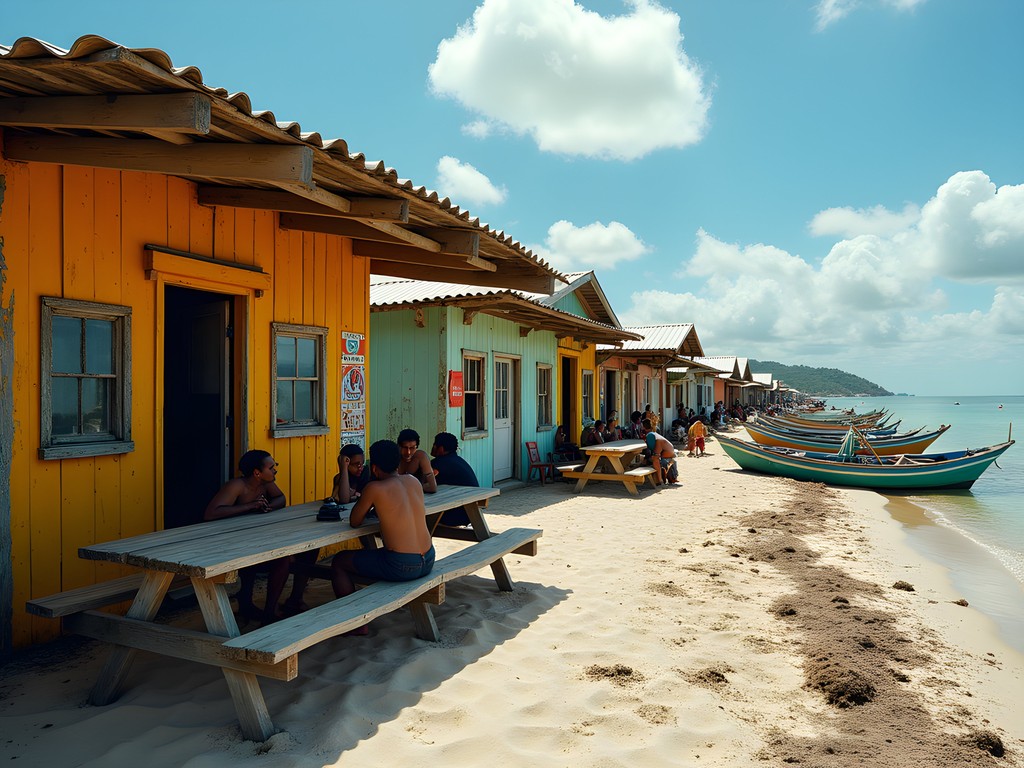
💡 Pro Tips
- Visit mid-week to avoid weekend crowds when Kingston residents flock here
- Bring cash—no card payments at the fish shacks
- Ask for your fish 'brown stewed' if you prefer less spice than the traditional escovitch preparation
Portmore's Hidden Marine Treasures: Budget Snorkeling Adventures
My passion for marine conservation drew me to Jamaica's underwater world, but I discovered that accessing it needn't require expensive tour packages. Portmore offers several entry points to remarkable snorkeling experiences that rival those advertised in glossy resort brochures.
Port Royal, the historic pirate haven at Kingston Harbor's mouth, lies just east of Portmore. While technically outside Portmore's boundaries, it's easily accessible by route taxi. Here, I arranged an informal snorkeling expedition with local fishermen to the sunken portion of the original city, destroyed by earthquake in 1692. For 3,000 Jamaican dollars ($20 USD), Captain Morris took me in his small boat to three sites where coral has reclaimed historic ruins.
Before venturing out, I ensured my underwater camera was fully charged and secured to my wrist. This rugged point-and-shoot has accompanied me from Japanese fishing villages to Southeast Asian reefs, capturing vibrant marine life while withstanding the rigors of saltwater immersion.
Closer to Portmore proper, the western edge of Hellshire Beach offers rocky outcroppings where patient snorkelers can observe juvenile reef fish in the shallows. The visibility isn't Caribbean-postcard perfect—perhaps 15 feet on good days—but the diversity of species makes up for it. I spotted sergeant majors, blue tangs, and even a shy octopus that quickly disappeared into a rocky crevice.
For those seeking clearer waters, I recommend arranging transportation to Half Moon Bay near Hellshire Hills. This crescent-shaped beach requires a short hike down a rocky path, deterring most tourists. The reward? Crystal waters, healthy patches of elkhorn coral, and a genuine sense of discovery that no resort-organized excursion could provide. My entire day, including transportation and a packed lunch from a local patty shop, cost under $25.
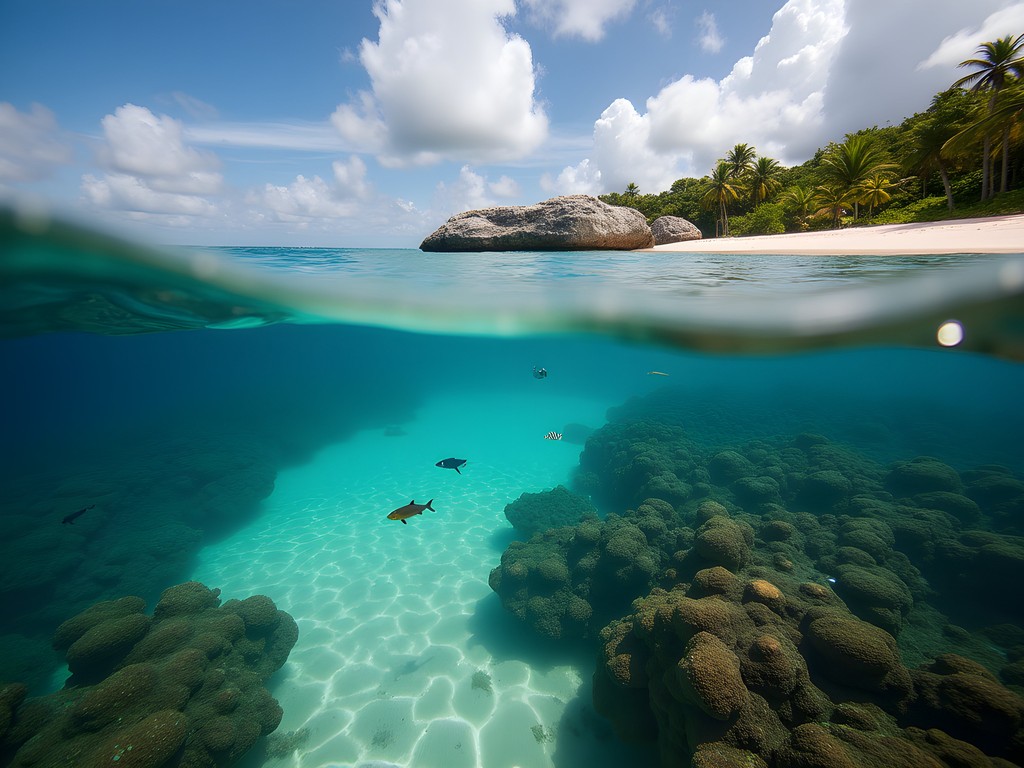
💡 Pro Tips
- Bring your own snorkel gear—rental options are limited and often poor quality
- Apply reef-safe sunscreen before entering the water to protect fragile coral ecosystems
- Arrange boat trips early in the morning when waters are calmest and marine life most active
Nightlife Beyond the Resort Walls: Portmore's Authentic Sound Systems
Jamaica's music heritage runs deep, but tourists rarely experience it beyond sanitized hotel performances. In Portmore, I discovered the raw energy of authentic sound system culture—mobile discos where selectors (DJs) spin records while MCs toast (rap) over thunderous speakers. These events represent the true lineage of reggae, dancehall, and dub music.
Portmore has earned the nickname 'The Sunshine City,' but it truly comes alive after dark. My investigation into local nightlife began at Chedwin Park, where weekend sound clashes draw crowds from across the region. The first rule of attending these events: arrive late. Nothing meaningful happens before midnight, with peak energy hitting around 2-3 AM.
For those accustomed to resort entertainment schedules, this requires adjustment. I prepared with afternoon naps and carried my insulated water bottle filled with water to stay hydrated through the night. The bottle's double-wall vacuum insulation kept my water cold for hours in the heat of densely packed dance areas.
At Stone Love Wednesdays, held at a small outdoor venue in Braeton, I witnessed the selector carefully selecting vinyl records—some decades old—that sent the crowd into frenzies of recognition. Unlike tourist venues, there's no watered-down playlist of Bob Marley greatest hits. Instead, deep cuts and new releases test the massive speaker systems that define sound system culture.
The economics of these gatherings reflects local realities. Entry typically costs 500-1000 Jamaican dollars ($3-7 USD), with Red Stripe beers priced at 250 JMD ($1.70). Compare this to resort bars charging $7-8 for the same beer. The crowd represents a cross-section of Portmore society—young professionals, laborers, students, and elders who've been attending sound systems since the 1970s.
As the only obvious foreigner present, I initially drew curious glances. But Jamaican hospitality prevailed—several attendees took it upon themselves to explain the culture, translate patois phrases I couldn't catch, and ensure I experienced the evening's highlights.

💡 Pro Tips
- Never bring valuables—carry only enough cash for the night in a secure front pocket
- Learn basic dancehall moves before attending to participate more fully in the culture
- Ask permission before taking photos—sound system culture values authenticity over tourism
Culinary Adventures: Eating Like a Portmore Local
The path to understanding Jamaican culture runs directly through its food—not the sanitized versions served at all-inclusives, but the vibrant, spicy dishes prepared in zinc-roofed cookshops and roadside stands throughout Portmore.
My culinary exploration began at dawn at Naggo Head Market, where farmers display produce harvested hours earlier. Armed with my packable tote bag, I filled it with mangoes, soursop, and unusual varieties of bananas for breakfast and snacks. This collapsible bag has accompanied me across four continents, expanding to hold surprising amounts while folding to pocket-size when empty.
For breakfast, Portmore's residents favor hearty options. At Sister Carmen's cookshop in Braeton, I enjoyed ackee and saltfish (Jamaica's national dish) with boiled green bananas and johnnycakes for 350 JMD (about $2.30). The ackee—a fruit that resembles scrambled eggs when cooked—was prepared with just enough Scotch bonnet pepper to announce its presence without overwhelming the delicate flavors.
Lunch options abound at the numerous pan chicken stands that emerge around midday. These roadside operations feature modified oil drums split lengthwise to create grills where chicken is cooked over pimento wood. A quarter chicken with festival bread and a small salad costs approximately 600 JMD ($4 USD). The smoke-infused flavor profile puts any resort's 'jerk chicken' to shame.
Dinner presented an opportunity to explore Jamaica's Indian influence at Tastee Patty in Portmore Mall. Their curried goat patty (a handheld pastry filled with spiced meat) costs just 170 JMD ($1.15) and represents the cultural fusion that defines Jamaican cuisine. For a more substantial evening meal, I visited Fisherman's Beach in Port Henderson, where small restaurants serve the day's catch prepared to your specifications. My red snapper dinner with bammy, festival, and vegetables cost 1,500 JMD ($10)—a fraction of resort pricing for superior quality and authenticity.
Perhaps most memorable was my discovery of Devon House I-Scream's Portmore location. Their rum raisin ice cream, made with authentic Jamaican rum, provided sweet relief from the Caribbean heat for just 350 JMD ($2.30) per generous scoop.
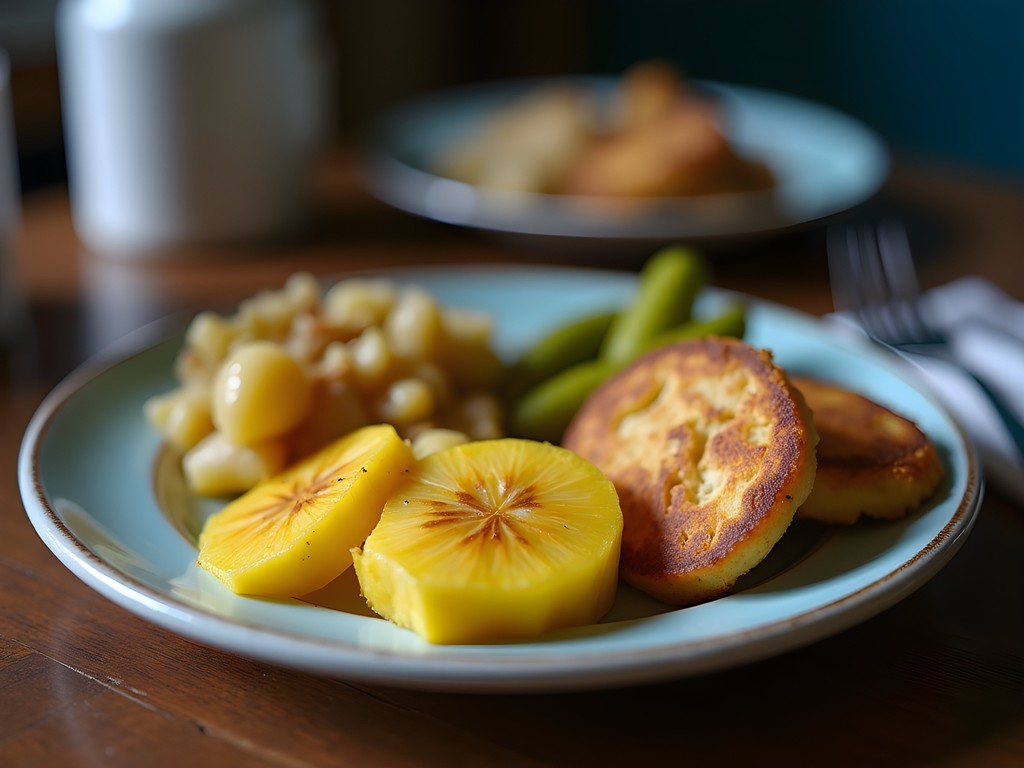
💡 Pro Tips
- Ask for dishes to be prepared 'mild' if you're sensitive to Scotch bonnet peppers
- Eat where you see locals gathering—long lines indicate the best food, not inconvenience
- Visit cookshops early (11:30 AM for lunch) before popular items sell out
Cultural Immersion: Finding Community in Portmore
The true value of travel, I've learned in my six decades, lies not in checking landmarks off lists but in moments of genuine connection. Portmore, lacking traditional tourist attractions, offers something more valuable: authentic cultural immersion opportunities that cost little but yield rich experiences.
My first Sunday in Portmore, I attended service at a small Seventh Day Adventist church in Gregory Park after receiving an invitation from my guesthouse owner. While not religious myself, I've found houses of worship offer windows into community values. The three-hour service, filled with exuberant singing and heartfelt testimonials, concluded with an invitation to join the congregation for a communal meal. My contribution of 500 JMD ($3.30) toward food costs was met with genuine appreciation, and the subsequent conversations provided insights no guidebook could offer.
Cricket, Jamaica's sporting passion, offers another avenue for cultural connection. At Passagefort Playing Field, weekend matches draw spectators from surrounding neighborhoods. I spent a Saturday afternoon watching a local league game, gradually making sense of the complex rules through patient explanations from neighboring spectators. The cricket field's perimeter hosted an informal economy of vendors selling jelly coconuts, meat patties, and cold drinks, creating a festival atmosphere that transcended the sporting event.
For those interested in Jamaica's complex history, the Municipal Library in Portmore houses a small but informative collection of historical documents and photographs documenting the area's development from swampland to Jamaica's largest planned community. The librarians, delighted by my interest, shared personal stories that contextualized the formal exhibits.
Perhaps my most meaningful cultural exchange occurred at Garvey Maceo High School, where I arranged (through a contact at my guesthouse) to speak with students about marine conservation. The enthusiasm and environmental awareness of these teenagers—many of whom had never snorkeled despite living near the coast—reminded me that cultural exchange flows in both directions. I left having learned as much as I shared.

💡 Pro Tips
- Accept invitations from locals but maintain appropriate safety awareness
- Bring small gifts from your home country as thank-you gestures when invited into homes
- Learn basic Jamaican patois phrases to show respect for local culture
Final Thoughts
As my week in Portmore draws to a close, I find myself tallying costs with the precision of my former profession: $245 for accommodation, $140 for food and drinks, $65 for transportation, and $50 for activities—a grand total of $500 for experiences that far outvalue their monetary cost. But the true ledger of travel contains entries no spreadsheet could capture: the fisherman who explained net-fishing techniques passed down through generations; the elderly domino players who welcomed me into their afternoon ritual; the family at Hellshire Beach who shared their picnic without hesitation. Portmore won't appear on Jamaica's tourism billboards anytime soon, and perhaps that's its greatest strength. For travelers willing to navigate beyond the all-inclusive boundaries, this overlooked municipality offers Jamaica at its most authentic—where your budget stretches further and your understanding grows deeper. The true Jamaica doesn't exist behind resort walls but in communities like Portmore, where everyday life unfolds in all its complexity, challenge, and beauty.
✨ Key Takeaways
- Authentic Jamaican experiences cost a fraction of resort prices while providing deeper cultural connections
- Local transportation systems like route taxis make Portmore navigable without expensive tour packages
- Culinary adventures at cookshops and fish shacks offer superior food at 20-30% of resort prices
- Cultural immersion opportunities arise naturally when you show genuine interest in local communities
📋 Practical Information
Best Time to Visit
December to April (dry season)
Budget Estimate
$70-100 per day including accommodation
Recommended Duration
5-7 days
Difficulty Level
Intermediate
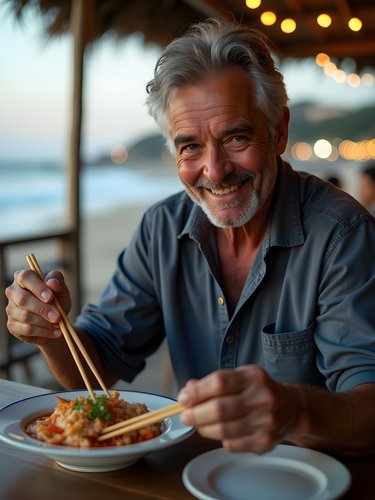
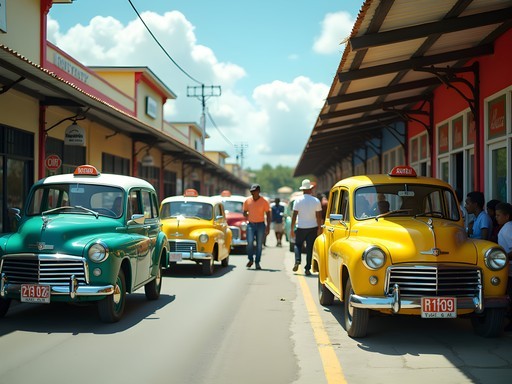
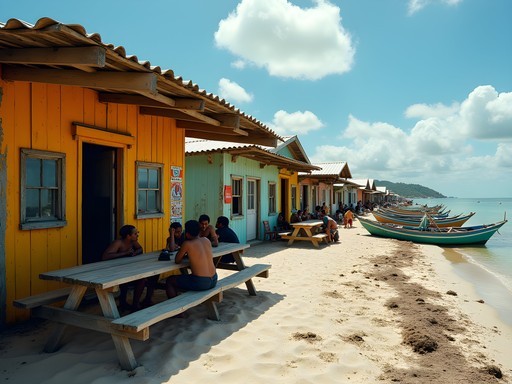



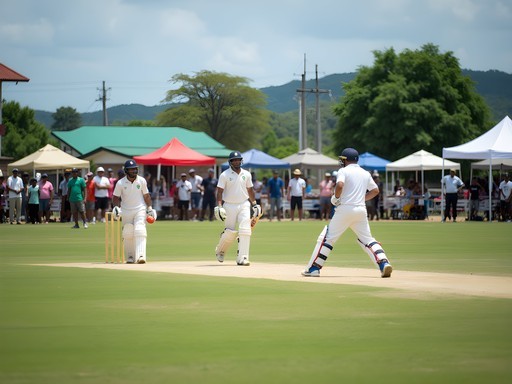



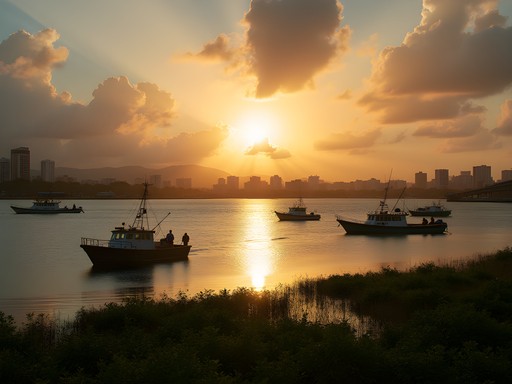





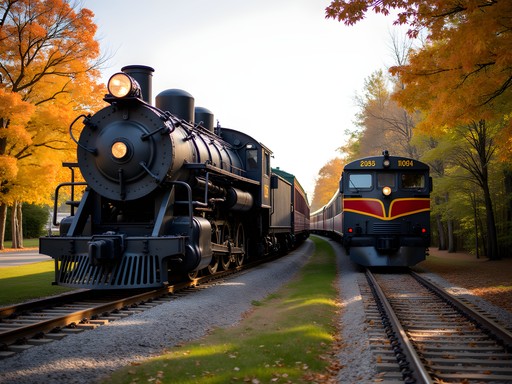
Comments
skyqueen
Great post! Did you try the jerk centers in Portmore? How do they compare to the famous ones in Boston Bay?
Savannah Torres
John, this is such a refreshing take on Jamaica! I visited with my family last summer, and while we stayed in a resort in Montego Bay (kids, you know how it is), we did venture out for day trips. Portmore wasn't on our radar, which I now regret. Your budget breakdown is especially helpful - shows how accessible authentic experiences can be compared to resort prices. Question: how did you handle transportation between different areas of Portmore? We found getting around outside resort areas was the trickiest part of our Jamaica experience with kids in tow.
wanderadventurer
Not John obviously, but when we were there we used route taxis within Portmore. Super cheap but you have to be comfortable sharing with locals and knowing where you're going!
Savannah Torres
Thanks for the tip! Route taxis sound interesting but might be challenging with little ones. Maybe we'll hire a local driver next time.
islandlegend
If you go to Hellshire, try Gloria's Fish Shack! Best escovitch fish on the beach and the owner is a character. Been going there since I was a kid visiting family in Jamaica.
backpackzone
Just got back from Jamaica and wish I'd seen this before going! We did venture to Hellshire Beach though and OMG the seafood there is incredible. We paid about $12 for a huge fish with festival bread and it was the best meal of our trip. The snorkeling tip is gold - we spent $85 on a touristy snorkel trip from our resort when we could've done this instead. Next time I'll bring my travel snorkel set and hit up those spots you mentioned!
winterchamp
Those fried fish at Hellshire Beach look AMAZING! 🐟🔥
roamking
How safe is it to explore Portmore on your own? Any areas to avoid?
skyqueen
We visited last year and felt pretty safe during daytime. Just use common sense like anywhere else - don't flash valuables, ask locals for advice on areas, etc. Hellshire Beach was totally fine and super fun!
Timothy Jenkins
Brilliant piece, John! I spent three weeks in Jamaica last year but completely missed Portmore - a mistake I won't make again. Your section on the sound systems particularly resonated with me. The authentic Jamaican music scene is something that gets overlooked when people stick to resort areas. I found similar experiences in Port Antonio, where local gatherings offered much more genuine cultural immersion than the sanitized resort entertainment. Did you find the locals receptive to visitors at these sound system events? Any tips on etiquette for first-timers?
islandlegend
I'm Jamaican (though not from Portmore) and can tell you visitors are always welcome at sound systems! Just be respectful, don't take photos without asking, and be ready to dance when the selector drops a tune!
Timothy Jenkins
Thanks for the insight, islandlegend! Appreciate the tips about photos - always good to know the unwritten rules.
wanderadventurer
This is exactly the kind of local perspective I've been looking for! Bookmarking for my trip next year.
wildwalker
Love the photos of Hellshire Beach! Adding to my bucket list.
escapeguy
Heading to Jamaica next month! Is the snorkeling at Hellshire really worth it compared to the north coast spots?
nomadmood
Not John, but I did both! Hellshire is more raw/authentic but visibility isn't as good. The north coast has clearer water but WAY more tourists. Depends what you're after!
escapeguy
Perfect, thanks! I'll probably try both then. Love the authentic vibe but also want those clear water pics lol
Venture X
Premium card with 2X miles, $300 travel credit, Priority Pass